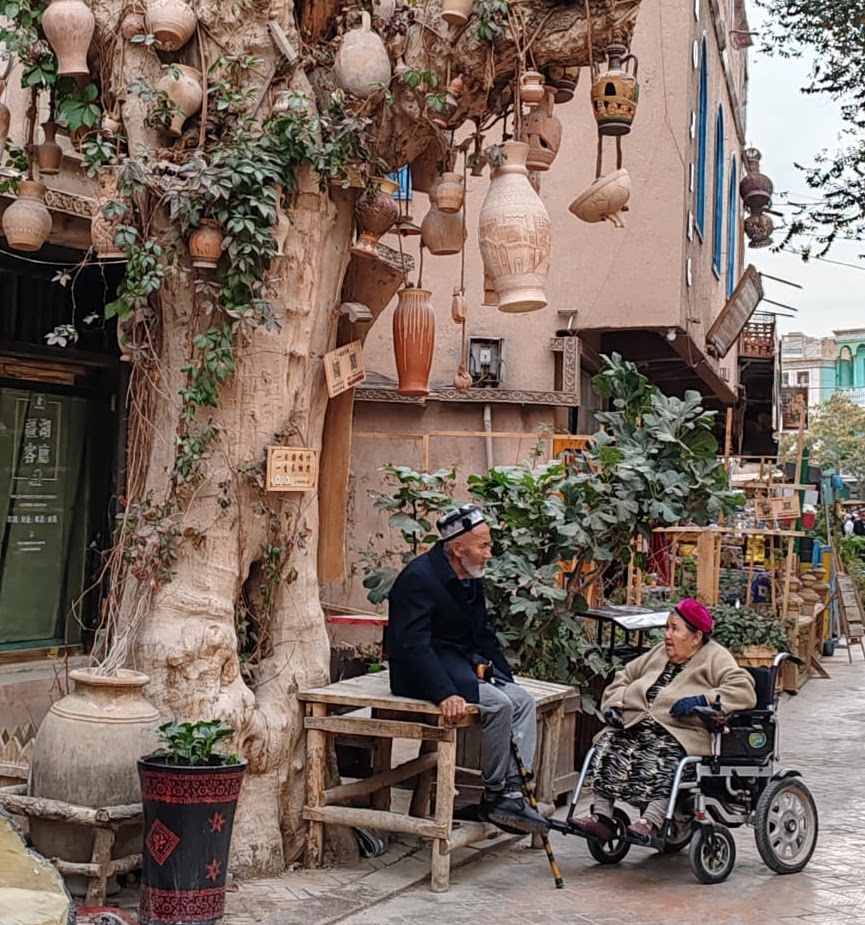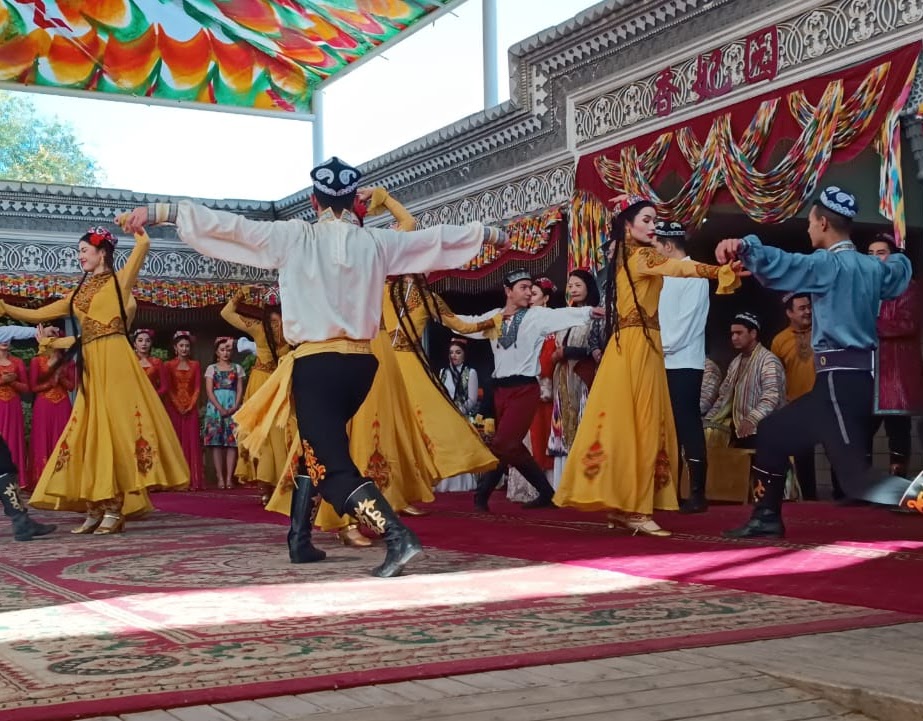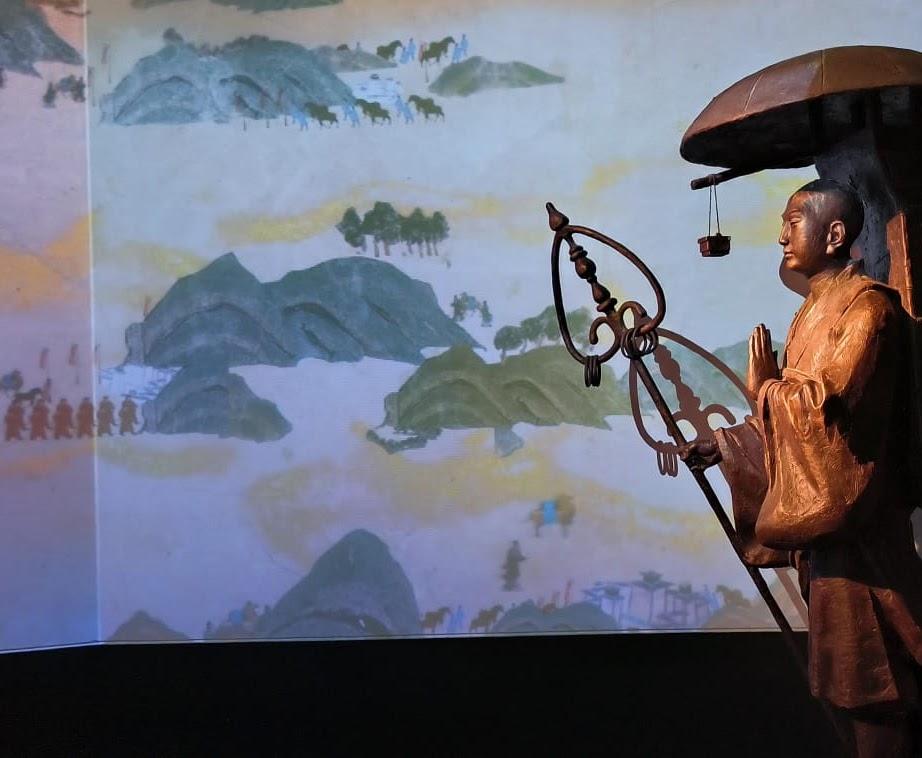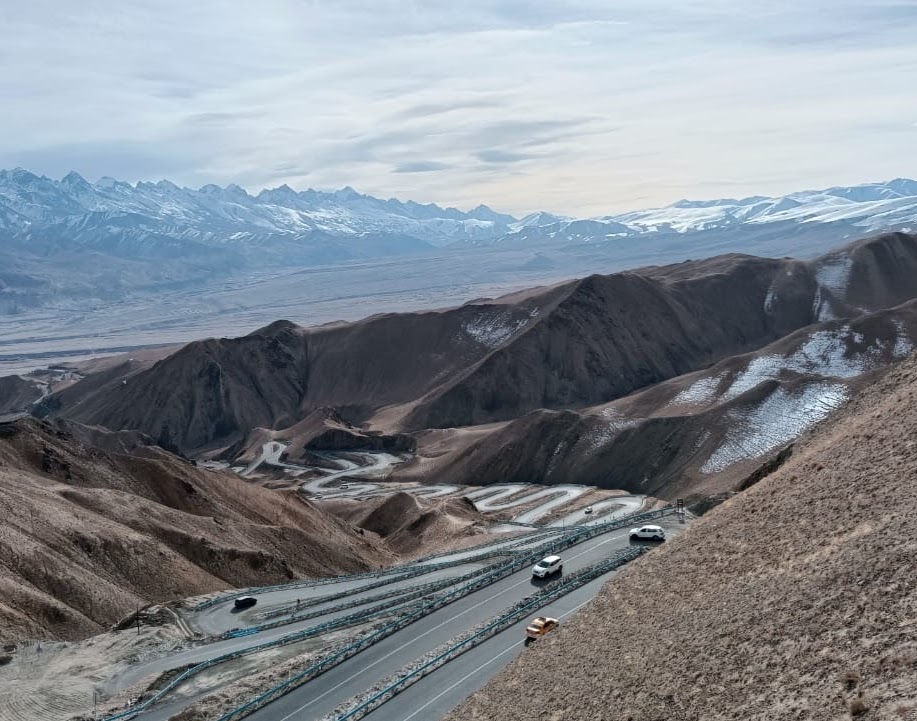
By CHIN JIAN WEI
Southern Xinjiang is not a location commonly chosen as a travel destination by most tourists planning a visit to China. It is usually the cultural and historical centres such as Beijing and Shanghai that get all the attention. However, the latest exhibition at Jin’s Art Gallery aims to highlight the hidden wonders of Southern Xinjiang, its beautiful culture, landscapes, and people.
Over 50 beautiful photographs are exhibited, taken by 10 senior photography enthusiasts during their travels in their region from October to November 2023. Among the cultural treasures highlighted by the photographers are the culinary delicacies enjoyed by the locals, interwoven Islamic and Buddhist architecture, and intangible heritage such as unique musical instruments and silk production derived from the Atlas moth. The works exhibited at the gallery are those chosen to best represent “the harmony in diversity of the region”, according to the photographers.
They also said, “We have also decided to publish a book on our travels. A short-run publication, it has 64 pages mostly of stories and photos to lend context to our work. Like the exhibition, the book is divided into 11 parts, each reflecting a phase of our journey.”
Along their 5,000 km journey, they traversed the eastern part of the Pamir Plateau along the China-Pakistan-Tajikistan border, passed through ancient oasis towns and dried-up river beds in the Tarim Basin, ventured into the Wensu Grand Canyon and the ancient Buddhist caves of Kizil, and visited the awe-inspiring Taklamakan Desert and the striking Tarim Poplar Forest. Finally, they crossed the Tianshan Mountains and reached Urumqi. The exhibition layout also corresponds to the journey undertaken by the photographers, inviting visitors to experience the wonders of Southern Xinjiang alongside the photographers.
BASKL spoke to one of the photographers, Lam Yoong Koy, about his experiences taking pictures and travelling the region. We started at the Kashgar section of the exhibition, the first place Lam and the group of 10 visited on their journey. Lam says, “These pictures show the people of Kashgar, their livelihood and how they pass the time. Their hobbies, their culture, and their delicacies.” Observing the pictures, one notices the beautiful mix of Islamic and Chinese architecture, blending seamlessly to form the Kashgar streets and skyline. Kashgar is, after all, a Muslim-majority city. “It’s very steeped in history, everything is a few hundred years old or up to two thousand years old,” Lam comments.
Lam gestures to a photograph taken in the county of Shache showing the making of Etles silk, a type of silk made from Atlas moth silk for the traditional clothing of the Uyghurs. He says, “This is part of their intangible cultural heritage; they demonstrate how they make the Etles silk. It is special in the sense that while silk came from China, this kind of patterning came from the West and Central Asia. This place is where the two cultures merge and produce something special.”
From there, Lam and his companions ventured into the Talklamakan Desert by bus. Here too, are signs of the culture of Xinjiang. Lam shows me a photograph of fences made from reed straw, erected in checkerboard patterns in the desert to hold back the sand dunes from smothering the highway. Photographs showing further cultural wonders hang on the walls in the last sections of the gallery. For example, the Kizil Buddhist caves with their beautiful cave wall murals, a historical site that was pivotal in Buddhism’s spread in Southern Xinjiang nearly two millennia ago. Lam says, “This shows that during that time, Southern Xinjiang was basically a Buddhist centre, most of the people were Buddhist.”
Kuqa was one of the last locations Lam and the group visited. Lam says, “During the period of time when it flourished, over 1500 years ago, Southern Xinjiang was occupied by various races and kingdoms that were frequently at war with one another. Kuqa was one of these kingdoms.” The old grandeur of the ancient city still comes through in the photographs.
“We enjoyed the journey very much,” Lam says. “But there were a lot of things we didn’t expect. Like the very varied way people live. Apart from the beautiful scenery and delicious food, we also got to know the people. We found that they’re just like us, they have to go through the hard facts of life, but they were happy, they were willing to talk to us and answer whatever we asked. They live harmoniously despite coming from different ethnic groups.
“Every part of the journey was very different,” Lam says. “It’s so varied, each part is so different from the other. We saw snowy hills, deserts, caves, forests. It’s this diversity, not only in the people, but also in the natural landscapes. If we had spent more days there, we would certainly have discovered more.”
The exhibition will be up until 12 May at Jin’s Art Gallery from 10am to 5pm. Admission is free, with the average price of the exhibited works being around RM 300.
To read more BASKL, click on the links below:









